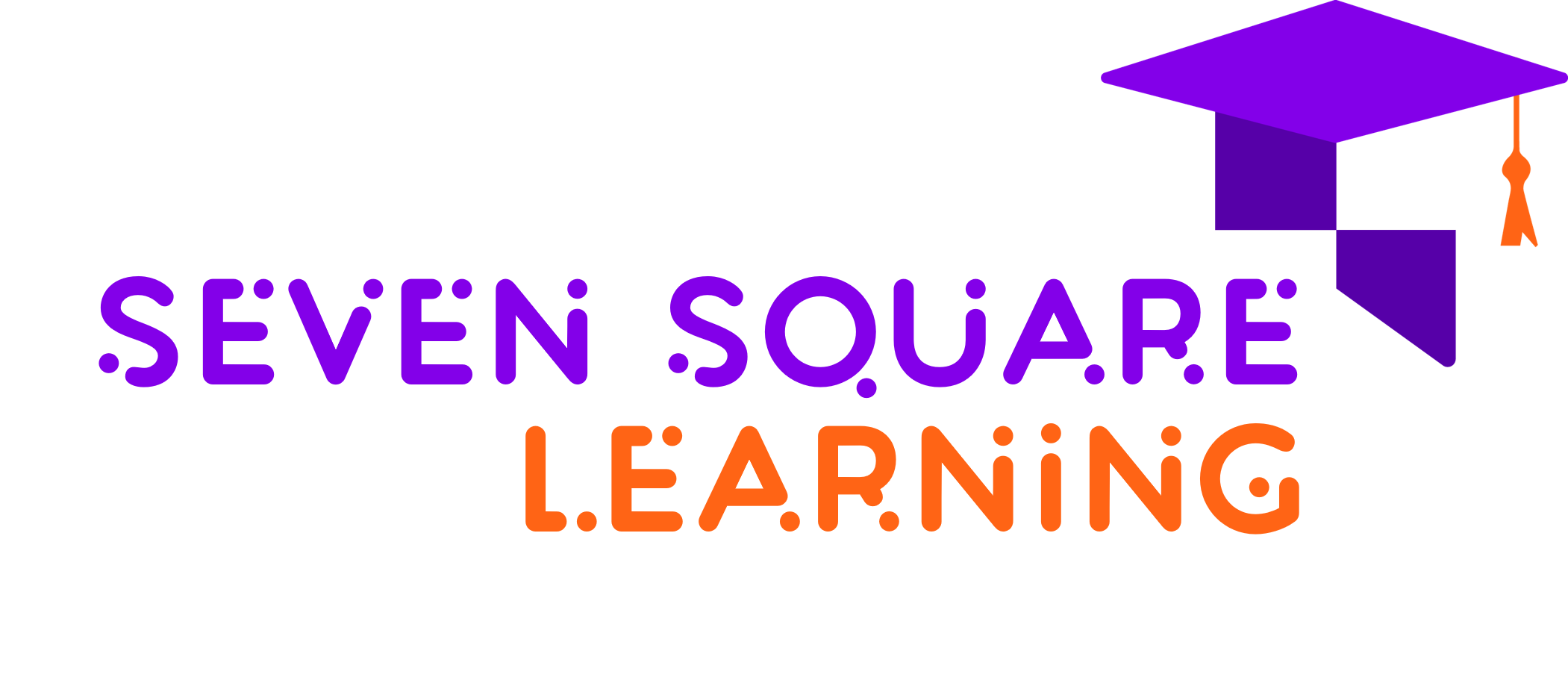
STEM is interesting, challenging, but it can be fun. The world is changing in many ways – most of these emerge from cutting-edge and innovative ideas. From revolutionizing clean energy to artificial intelligence, and breaching the boundaries of outer space to nurturing life on the Earth. STEM is now the world’s pioneering field of study and also where a lot of career options can be found.
What’s STEM and why should I care?
Science, Technology, Engineering and Mathematics (acronym: STEM) have changed constantly since the Industrial Revolution in England. In today’s times, a lot of universities offer multiple STEM-related courses. With a lot of these options to choose from, your choice will guide what university you can go to. For starters, here’s a look at some popular courses chosen by students:
- Computer Science – Arguably, the most popular product of this field is Artificial Intelligence. However, that’s not all CS has to offer. There’s cool options like Machine Learning, programming, designing and cryptography/cyber security that require you to be creative and innovative.
- Pharmacology – This field is not merely about making new drugs. Pharmacology requires you to understand how bodies process chemicals, study diseases and find cures that could save millions of lives.
- Aerospace Engineering – While going to space is cool, the mechanics of sending an astronaut up there safely is more important. That’s what this field is about. You can learn how to build spacecrafts and how to improve them.
- Civil Engineering – Building with blocks is fun, but building them in real-life is fascinating. Civil Engineering not only allows you to visualize a human-made environment, but also think about incorporating Nature in it. If you wish to specialize, you can learn about making those spaces attractive by choosing Architecture.
- Information Technology – There’s a virtual world that everyone is familiar with which runs on data. This information is important because there’s a lot of potential to make new discoveries. Plus, it’s our data and it’s important to us. IT helps make the world more convenient, and easier for us to understand.
Are these all? What else is special about STEM?
There are many more courses than these like Computer Forensics, Theoretical Physics, Astrophysics, Health and Life Sciences, Nursing and Marine Biology. The possibilities are truly endless. It’s only up to you to decide what you want to study.
The most interesting thing about STEM is its ability to cross disciplines. Science and human nature manifest in Psychology, while technology and society can be studied in post-humanism. Even art makes use of science to create beautiful masterpieces – it’s no wonder that some of history’s famous painters were all men of science. So, even if you are studying arts and humanities, you can still have some experience of how STEM can change your field.
STEM also means that you are introduced to research. Research allows you to work with the latest developments in scientific and technological fields. With research you can invent new things, discover new avenues of study. Research allows you to unleash your creativity. It helps you discover the extent of your ideas as you put them forward and work towards the best future you can imagine. After all, the computer was only someone’s idea once.
So whether you want a career that helps the world operate daily, or you want to keep inventing, STEM courses help you achieve that. All STEM courses encourage their disciples to build, innovate, create – it doesn’t tell you where to stop, only to visualize a world that is unique to you.
This sounds great! What colleges offer STEM courses?
If you’re enticed by the idea of joining a STEM course, you will have to be prepared for it. These fields can be rewarding, but they’re also challenging. This is why many universities offering STEM courses have high SAT/ACT score range expectancy from their applicants.
That being said, here are some colleges that offer STEM courses in the US:
| College Name | Location | SAT Range | ACT Range |
| California Institute of Technology | Pasadena, CA | 1530-1580 | 35-36 |
| Harvard University | Cambridge, MA | 1460-1580 | 33-35 |
| Johns Hopkins University | Baltimore, MD | 1470-1560 | 34-36 |
| Massachusetts Institute of Technology | Cambridge, MA | 1510-1580 | 34-36 |
| Princeton University | Princeton, NJ | 1450-1570 | 32-35 |
| Stanford University | Stanford, CA | 1420-1570 | 31-35 |
| Stevens Institute of Technology | Hoboken, NJ | 1320-1480 | 31-34 |
| University of California – Berkeley | Berkeley, CA | 1320-1480 | 31-34 |
| University of Notre Dame | Notre Dame, IN | 1400-1550 | 32-35 |
| University of Pennsylvania | Philadelphia, PA | 1460-1570 | 33-35 |
| University of Southern California | Los Angeles, CA | 1340-1530 | 30-34 |
| University of Texas – Austin | Austin, TX | 1210-1470 | 26-33 |
| Yale University | New Haven, CT | 1460-1580 | 33-35 |
Getting into STEM colleges and courses might be hard. The one way to get closer to this is by achieving good SAT/ACT scores. We at Seven Square Learning offer tutoring services tailored to help you conquer these exams along with more resources and other services. Check out our website to learn more and benefit from your STEM journey.





